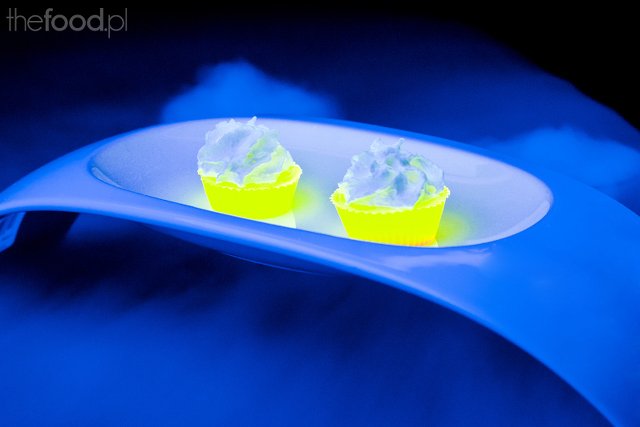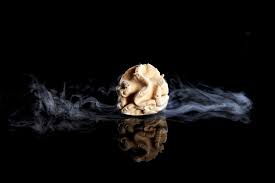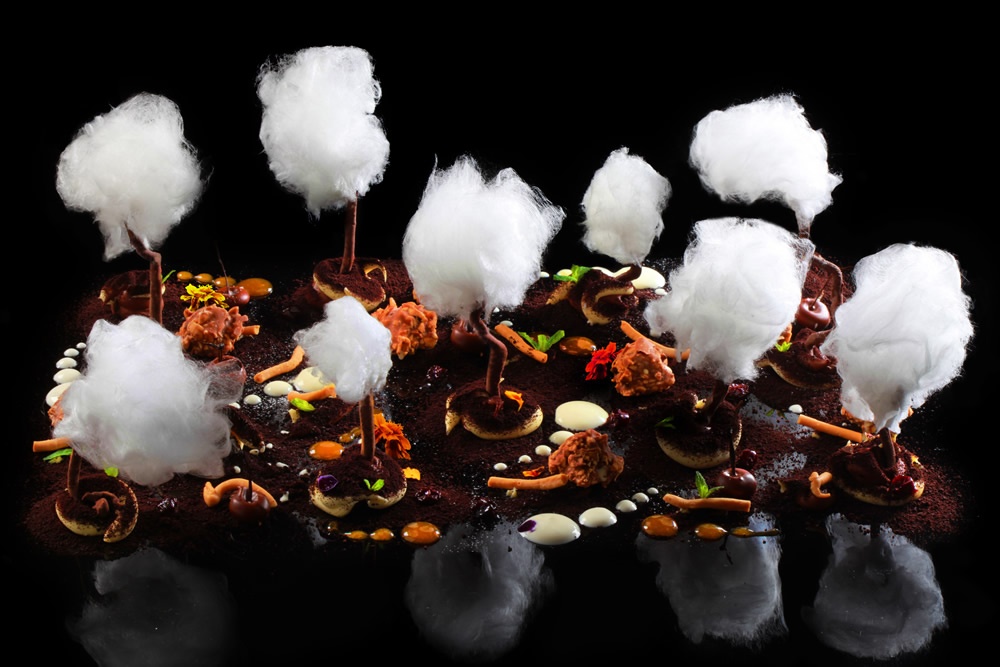

21 Oct ART717- Molecular gastronomy
The term “molecular and physical gastronomy” was coined in 1988 by Hungarian physicist Nicholas Kurti and French physical chemist Hervé This. In 1992, it became the title for a set of workshops held in Erice, Italy (originally titled “Science and Gastronomy”)[ that brought together scientists and professional cooks for discussions about the science behind traditional cooking preparations. Eventually, the shortened term “molecular gastronomy” became the name of the approach, based on exploring the science behind traditional cooking methods.




The objectives of molecular gastronomy, as defined by Hervé This, are seeking the mechanisms of culinary transformations and processes (from a chemical and physical point of view) in three areas:
- the social phenomena linked to culinary activity
- the artistic component of culinary activity
- the technical component of culinary activity
The original fundamental objectives of molecular gastronomy were defined by This in his doctoral dissertation:
- Investigating culinary and gastronomical proverbs, sayings, and old wives’ tales
- Exploring existing recipes
- Introducing new tools, ingredients, and methods into the kitchen
- Inventing new dishes
- Using molecular gastronomy to help the general public understand the contribution of science to society
Hervé This later recognized points 3, 4, and 5 as being not entirely scientific endeavors (more application of technology and education), and has revised the list.
Prime topics for study include
- How ingredients are changed by different cooking methods
- How all the senses play their own roles in our appreciation of food
- The mechanisms of aroma release and the perception of taste and flavor
- How and why we evolved our particular taste and flavor sense organs and our general food likes and dislikes
- How cooking methods affect the eventual flavor and texture of food ingredients
- How new cooking methods might produce improved results of texture and flavor
- How do our brains interpret the signals from all our senses to tell us the “flavor” of food
- How our enjoyment of food is affected by other influences, our environment, our mood, how it is presented, who prepares it, etc.
Techniques, tools, and ingredients
- Carbon dioxide source, for adding bubbles and making foams
- Foams can also be made with an immersion blender
- Liquid nitrogen, for flash freezing and shattering
- Ice cream maker often used to make unusual flavors, including savory
- Anti-griddle, for cooling and freezing
- Thermal immersion circulator for sous-vide (low-temperature cooking)
- Food dehydrator
- Centrifuge
- Maltodextrin – can turn a high-fat liquid into a powder
- Sugar substitutes[
- Enzymes
- Lecithin – an emulsifier and non-stick agent
- Hydrocolloids such as starch, gelatin, pectin, and natural gums – are used as thickening agents, gelling agents, emulsifying agents, and stabilizers, sometimes needed for foams
- Transglutaminase – a protein binder, called meat glue
- Spherification – a caviar-like effect
- Syringe, for injecting unexpected fillings
- Edible paper made from soybeans and potato starch, for use with edible fruit inks and an inkjet printer
- Aromatic accompaniment: gases trapped in a bag, a serving device, or the food itself; an aromatic substance presented as a garnish or creative serveware; or a smell produced by burning
- Presentation style is often whimsical or avant-garde and may include unusual serviceware
- Unusual flavor combinations (food pairings) are favored, such as combining savory and sweet
- Using ultrasound to achieve more precise cooking times






Sorry, the comment form is closed at this time.